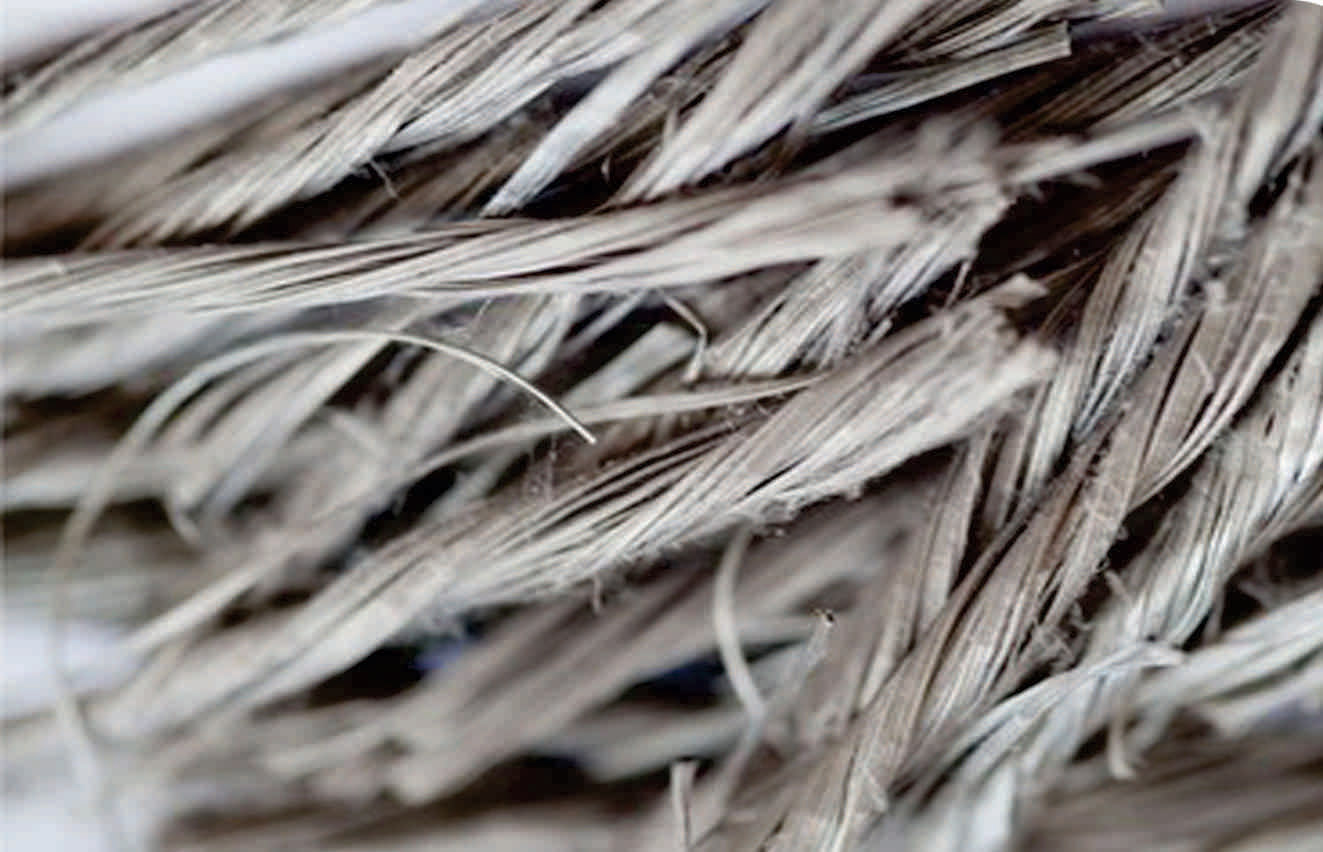Synthetic concrete fiber
- It creates a strong mechanical bond with the concrete.
- It enhances the concrete in multiple dimensions.
- It exhibits suitable resistance against fatigue and thermal stresses.
- It maintains load-bearing capacity after the occurrence of potential cracks in the concrete
Description
Synthetic concrete fiber
Synthetic concrete fiber is produced by linking monomers to polymers, during a process called polymerization. concrete Synthetic fibers are one of the strongest and best fibers available for concrete, and after mixing with concrete creates special properties for concrete.
This Synthetic concrete fiber is produced by linking monomers to polymers through a process called polymerization. This product is considered one of the strongest and best fibers available for mixing with concrete, and it imparts specific properties to the concrete after mixing. These fibers have a higher tensile strength compared to similar fibers, with a tensile strength reaching 650 megapascals, which is approximately twice that of rebar. Additionally, the use of these fibers in concrete helps prevent the propagation of cracks and also inhibits the development of plastic cracks.

Features Synthetic concrete fiber
- Industrial flooring
- Concrete pouring for steel deck roofs
- Production of precast concrete elements
- Shotcrete and sprayed concrete
- Mixing with various concrete mixtures
- Flooring for warehouses and garages
- Roller-compacted concrete
- Production of concrete for parking lot floors
- Production of sewage pipes
- Precast tunnel components
More products: Concrete Fiber
Applications
- Suitable for spraying and shotcrete concrete
- Suitable for flooring warehouses and garages
- Suitable for the production of sewage pipes
Method of Using Synthetic Concrete Fiber
To use synthetic concrete fibers, these fibers can be added to the concrete at any stage of the mixing process. It is generally recommended to combine the fibers with the aggregates initially and then add water to the mix. Alternatively, the synthetic fibers can be mixed with water before adding this combination to the dry mortar. In this case, it is necessary to continue mixing for 3 to 4 minutes to achieve a uniform and homogeneous mixture.
To ensure complete distribution of the fibers in the concrete, these fibers can be gradually added to the mixer, and the mixing process should be continued at high speed until uniform dispersion in the concrete is achieved.
Package
20kg bag






Reviews
There are no reviews yet.